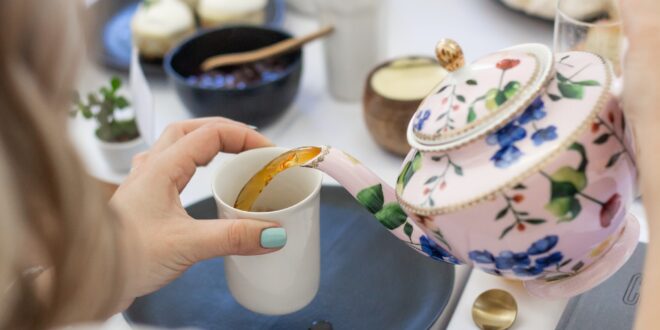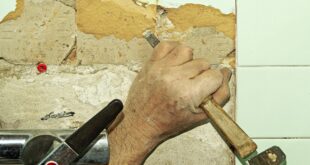Porcelain refers to fine-grained but rather non-porous ceramic products. Porcelain, also known as china, was innovated in remote antiquity in China. Two ingredients in China: kaolin, also known as china clay, an insoluble mineral that grants porcelain its texture and framework, and petunse, or ceramic stone, which gives the ceramic its opacity and toughness, were used to make porcelain.
How Can We Use Porcelain?
When we think of porcelain, the first image that comes to mind is delicate tiny dolls. But porcelain is used for many other purposes too. Below are mentioned the various uses of porcelain.
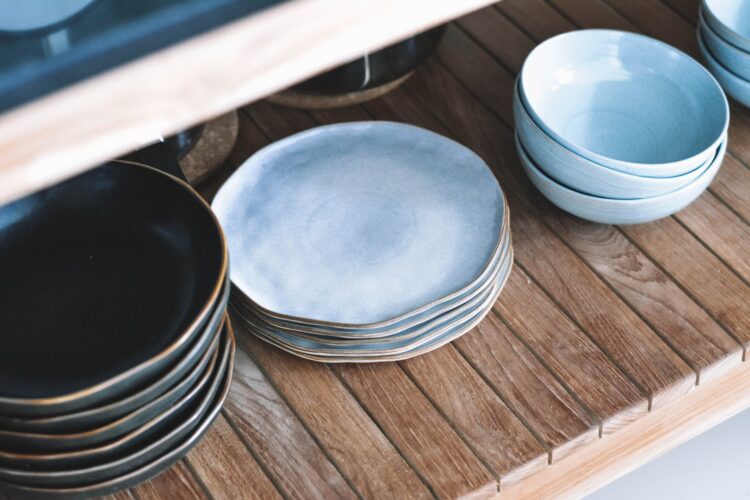
1. Dinnerware
Irrespective of its fragile appearance, it is among the most durable and resistant dinnerware users consider buying. Porcelain dinnerware is long-lasting and non-porous because, in the manufacturing process, it is burned at a high enough temperature. The porcelain dinnerware manufacturer has a flourishing business as porcelain dinnerware is coming back in trend.
Despite their appearance, they are resistant. Because of its perfectly smooth and glassy texture, it is easy to serve and clean after meals. Grease stains can be removed instantly only with water and washing up liquid.
It has a delicate glass-like surface and is very light. It is an important feature to consider in dinnerware. If the dishes and containers are too big and bulky, it will be difficult to move them while eating, resulting in a poor dining experience.
2. Decoratives
Over centuries in China, porcelain has been known for decorative purposes. In ancient times teapots and vases made of porcelain were popularly used by the royals and nobles. They have been used by artists, potters, and sculptors to showcase their talents.
Brightly colored porcelain pottery was popular and appreciated across Europe and Asia. Throughout the history of China and Japan, porcelain ceramics were hand painted and later became an essential part of the Chinese economy.
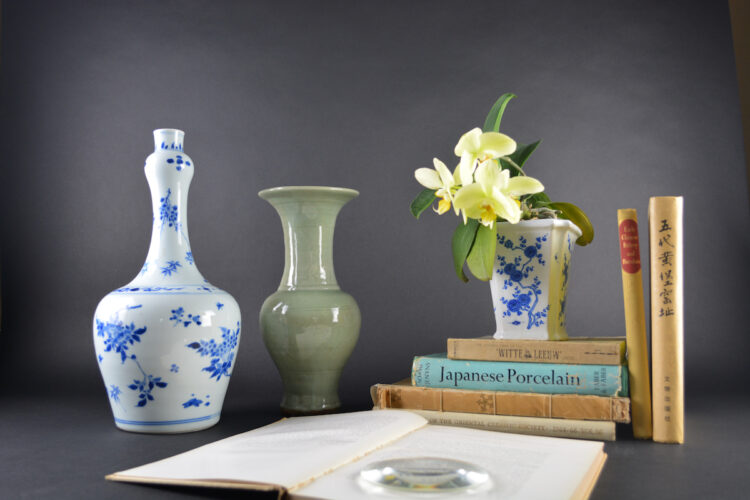
3. Kitchen Countertops And Appliances
Although porcelain looks delicate, it has high durability and is non-porous. Porcelain tiles of various shapes and designs are utilized on the kitchen walls, and porcelain is used for the kitchen countertops. As porcelain tiles are non-sticky and easy to clean, it does not get oil stains. It could be effortlessly cleaned with water. The porcelain countertops add to the elegance of your kitchen along with other advantages.
4. Wall Tiles
Porcelain tile is suitable for high-traffic spaces in the home or workplace. It also serves as a sound investment for large extended family households due to its durability. Numerous users are astonished to discover that porcelain marble is available for purchase in colors and designs that mimic wood.
It makes porcelain an attractive choice for application in areas where regular abrasion and wear could cause significant damage to actual wood flooring. For example, employing porcelain tile on stairwells can provide the desired design while utilizing quite a durable material. It also requires little upkeep, such as refinishing.
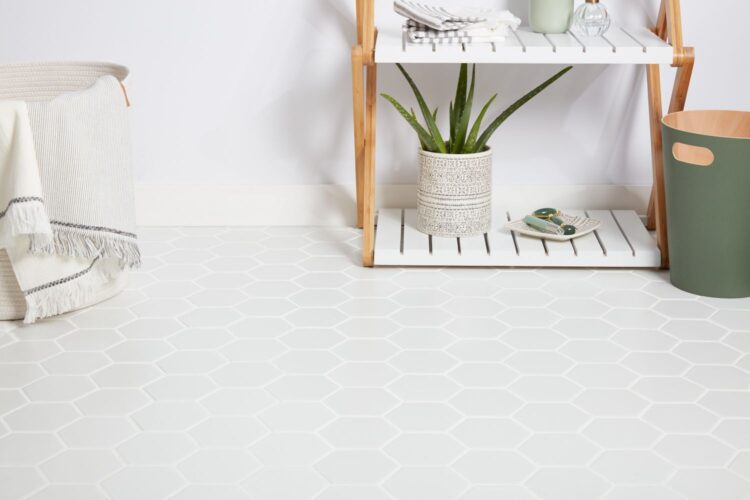
5. Bathroom Flooring
The majority of bathrooms have tile or porcelain flooring. Porcelain tile requires little maintenance and is not affected by water or other environmental events like rain that are frequent in the context of bathrooms. Porcelain tile floors are suitable for high-traffic restrooms, like those used by children or guests.
One difficulty in constructing a restroom is that it’s a place within which water and moisture are common. If you choose the wrong product, you may end up dealing with mold and mildew. Porcelain does not absorb moisture because it is non-porous. It is also water-repellent. Porcelain flooring for the bathroom walls could help keep them cleaner and safer.
Conclusion
Porcelain has always been a multi-purpose material. It has been used for centuries for various purposes. Owing to its advantages it is used across several industries. Porcelain often brings an essence of elegance and grace. How are you going to use porcelain?
 Hi Boox Popular Magazine 2024
Hi Boox Popular Magazine 2024
